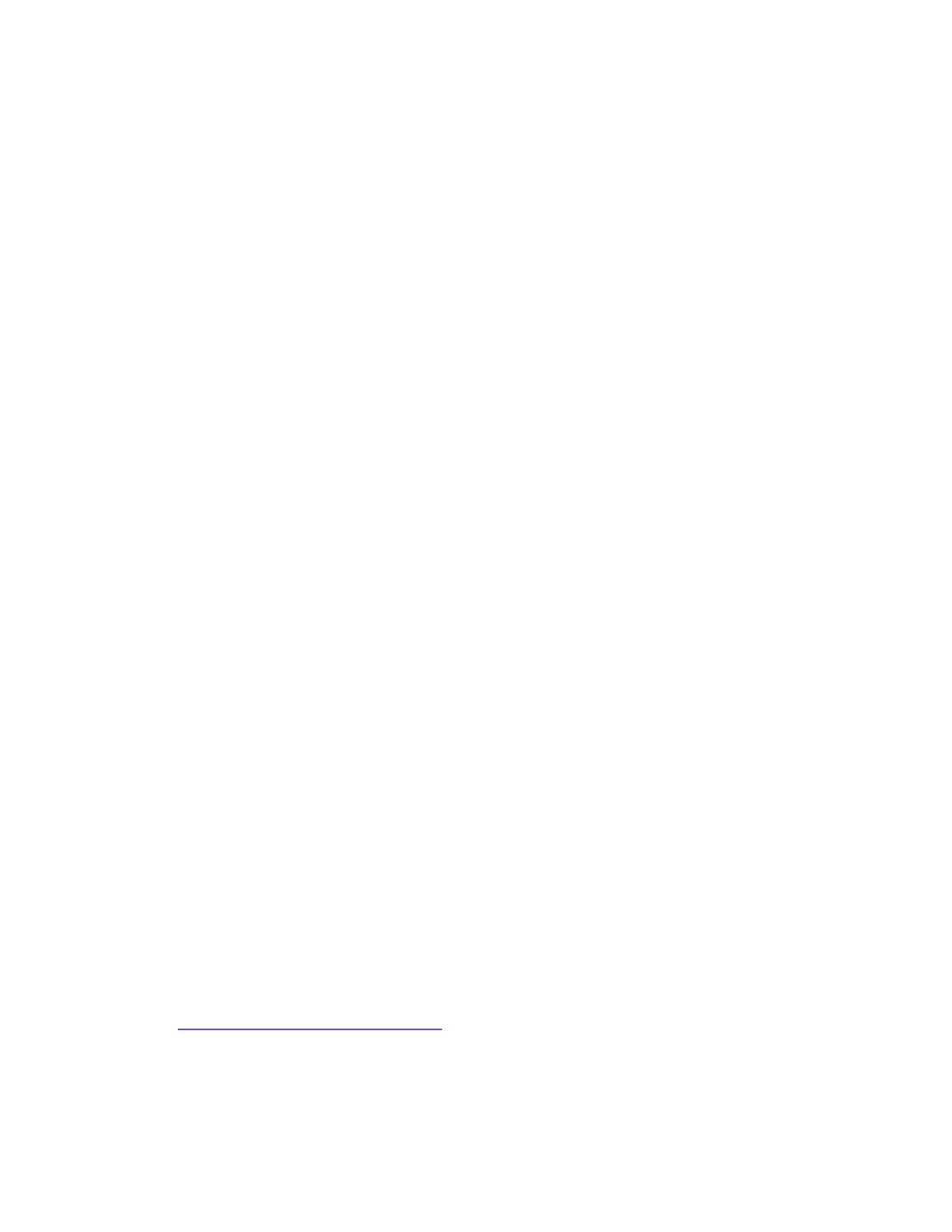

Analyzing EKG Rhythm Strips
Ch. 3
Sinus Rhythms
Ch. 4
Atrial Rhythms
Ch. 5
Junctional Rhythms
Ch. 6
Heart Blocks
Ch. 7
Ventricular Rhythms
Ch. 8
Practice Rhythms
Ch. 9
Basic Arrhythmias Class
Review
Course objectives details to be covered according to the EMS National Standards instructional
guidelines.
General Education Goals/Objectives:
Not identified as a general education course.
Relationship to Campus Theme:
The goal of the Paramedic (EMT) program is to prepare professionals
to work in the emergency medical services industry. The Paramedic program is committed to a hands‐
on learning environment and uses field experiences and emerging technologies in emergency medical
services as common instructional techniques.
Classroom Policies:
Dakota College at Bottineau ‐ paramedic program guides.
Student Email Policy:
Dakota College at Bottineau is increasingly dependent upon email as an official
form of communication. A student’s campus‐assigned email address will be the only one recognized by
the campus for official mailings. The liability for missing or not acting upon important information
conveyed via campus email rest with the student.
Academic Integrity:
The academic community is operated on the basis of honesty, integrity and fair
play. Occasionally, this trust is violated when cheating occurs, either inadvertently or deliberately this
code will serve as the guideline for cease where cheating, plagiarism or academic improprieties have
occurred.
1. The primary responsibility of the students, faculty and administration is to create an
atmosphere where the honesty of individuals will not be questioned.
a. Faculty members are responsible for providing guidelines concerning cheating and
plagiarism at the beginning of each course, and should use precautionary measures and
security in cases where cheating is likely to occur.
b. Students are responsible for submitting their own work. Students who cooperate on
oral or written examinations or work without authorization share the responsibility for
violation of academic principles and the students are subject to disciplinary action even
when one of the students is not enrolled in the course where the violation occurred.
View the
Plagiarism Tutorial‐Pearson Education
to learn more about plagiarism, citing sources, etc.
(
http://wps.prenhall.com/hss_understand_plagiarism_1/6/1668/427064.cw/index.html)

















